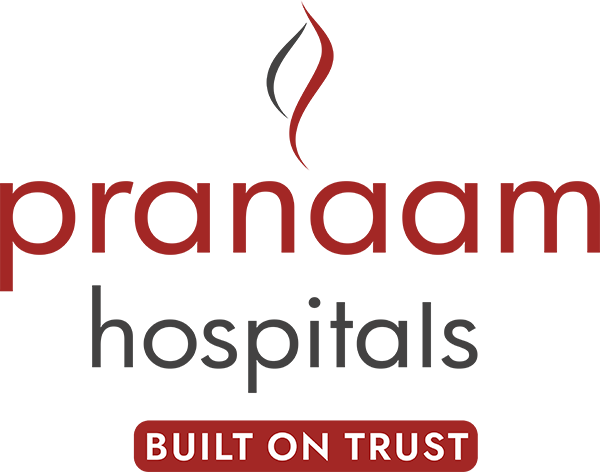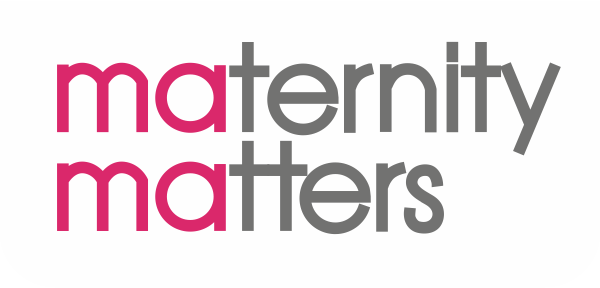If you are suffering from chronic sinusitis, which is not getting treated with medication, consider it the right time to get an appointment with our specialists, who will help you get rid of your sinus problems. This article aims to give you relief in knowing that chronic sinusitis is curable with a minimally invasive surgery known as Endoscopic Sinus Surgery.
Chronic sinusitis is a progressive condition when the sinuses’ tissue begins to expand or swell, which traps the mucus that naturally would flow through the sinuses and out of the nose. If not drained, this trapped fluid can be a breeding ground for bacteria that can cause infections. Therefore, doctors may also suggest this surgery in the presence of any nasal polyps.
Endoscopic Sinus Surgery is the preferred method by doctors and surgeons to help cure chronic sinusitis when traditional methods have yielded no results. This procedure entails using an endoscope with surgical instruments attached to it, allowing the doctor to remove small amounts of bone or other material blocking the sinus opening. Sometimes, a laser burns away the tissue causing the obstruction.
The end goal of performing this surgery is to improve airflow and reduce the number and severity of nasal and sinus infections. 80% and 90% of people who have undergone this surgery have experienced no sinus issues.
If you are looking for sinus surgery in Hyderabad, at Pranaam, we strive to provide the most proper comprehensive treatment and care to address your sinus problems. With a multi-speciality approach from highly skilled Otolaryngologists, surgeons, specialists and trained support staff, we treat ears, nose and throat disorders for patients of all ages.
PROCESS
Endoscopic Sinus Surgery does not include cutting the skin but is performed entirely through the nostrils. 80% and 90% of people who have undergone this surgery have experienced significant ease in symptoms and a decrease in chronic sinus flares.
Before surgery
- Stop smoking three weeks before the surgery
- Do not take non-steroidal anti-inflammatory drugs ten days before the surgery
- Do not eat/drink anything after midnight on the day of the surgery.
- General anaesthesia is administered
- The surgeon puts a decongestant in the nose
- A follow-up nasal endoscopy is performed
During surgery
- Numbing solution is injected into the nose
- Via the endoscope, entry is made into the nasal passage
- Surgical tools to remove bone, diseased tissue or polyps are placed alongside the endoscope
- A small rotating burr may be used to scrape out the remaining tissue
- The nose is then packed with material to absorb blood or discharge
Post-surgery
- Surgery may last for 2 hours.
- Will have to spend time in post-operative care unit for close monitoring
- Cannot drive after surgery
- Cannot blow the nose for a week
- Take a break from high-intensity activities for ten days post-surgery
- Nasal rinses with saline may be recommended
One can avoid recurring sinus problems by following the post-surgery care that the doctor advises and allowing your nose the necessary amount of time to heal.
RISKS
Like most surgeries, Endoscopic Sinus Surgery also comes with possible complications and risks. Here is a quick heads-up about a few difficulties:
- Loss of sense of smell
- Watering eyes
- Abnormal Heavy bleeding
- Leaking cerebral spinal fluid
- Vision problems
RECOVERY
Post-surgery, a large volume of saline wash irrigates the sinuses. Medication is prescribed to prevent infection or any discomfort. Experiencing congestion post-surgery will subside over time in most cases, in one or two weeks.
NASAL WASH OR NASAL IRRIGATION
Nasal wash is necessary post-sinus surgery as it helps prevent infection and eliminate mucus and leftover particles in the sinuses. Then, the doctor would prescribe medications to use.
Bulbs, Neti pots, squeeze bottles, and syringes are the various types of irrigation tools that can be used. A saline solution needs to be created – 230gm of salt and water solution, which will be used to rinse through the nose several times to flush out any remains. Proper posture is required to be maintained while performing a nasal wash. While washing the sinuses, one would have to lean forward to let the solution drain out of the nose and mouth.
WHY PRANAAM
Our ears, nose and throat are oral, aural and olfactory windows to the world. Therefore, any condition affecting these senses would hinder the experience around us, disrupting our mental and physical well-being.
At Pranaam, we strive to provide adequate comprehensive treatment and care in these areas with a specialised, multi-speciality approach from highly skilled Otolaryngologists, surgeons, specialists and trained support staff to treat ears, nose and throat disorders for patients of all ages.
Geared with state-of-the-art amenities, a broad skillset and expertise that meet the highest national and international quality standards is part of Pranaam’s forte.
We’re renowned for our premium quality ENT speciality services that provide care and treatment for ear, nose, throat, head and neck problems. In addition, our facility extends its capabilities further with research and clinical governance in the field and provides nursing development with nurse-led initiatives.
From hearing deficiencies, ear infections, sinus headaches, nasal obstruction, sleep disorders, throat tumours, vocal cord disorders, airway disorders, allergies to head and neck reconstruction, ENT trauma, ear deformities, cleft palates, facial paralysis and more, we employ a range of cutting-edge techniques and resources to help you reclaim your senses, life and peace of mind.


